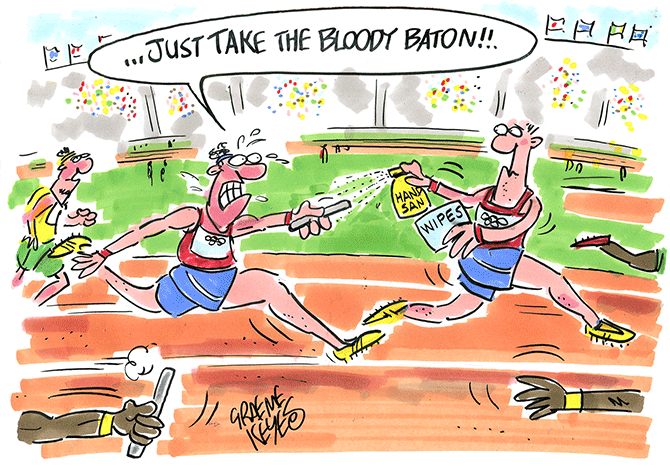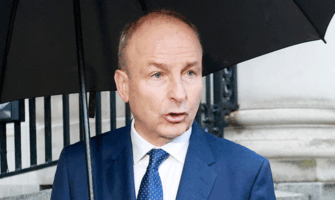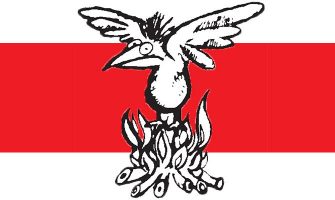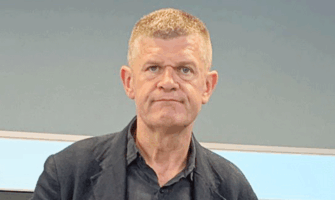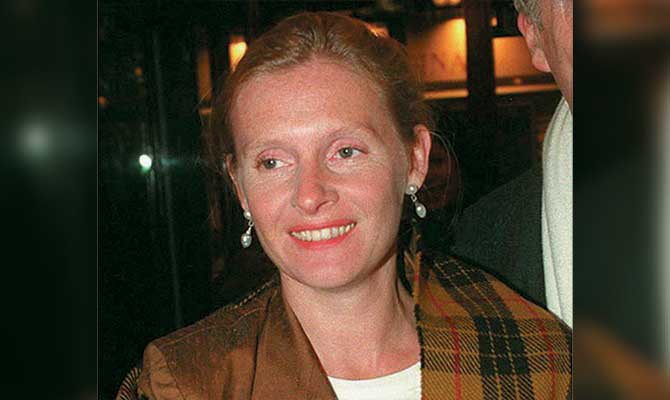
Sophie Toscan du Plantier
WHEN FINTAN O’TOOLE gets it wrong he really gets it wrong, but his recent column on Ian Bailey, dressed up in liberal, feminist language, misses the point by a country mile.
With unconscious irony, O’Toole condemned journalists for feeding Bailey’s alleged need for notoriety, before going on to do just that. Bailey’s alleged craving for publicity is a common theme among journalists who seem blissfully unaware that they have been hugely instrumental in creating the media monster that is Ian Bailey by trying and convicting him in the first place for the murder of Sophie Toscan du Plantier. That he should seize every opportunity to deny the public accusation of murder is characterised by O’Toole and others as addiction to “the drug of notoriety”. Seriously?
For a quarter of a century Bailey has had to battle a concerted garda effort to charge him with murder; a decision by the government and gardaí to transfer the entire murder case file to the French authorities; an even more vengeful French public opinion and legal apparatus which convicted and sentenced him to 25 years in absentia due in part to Sophie’s very influential circle of family and friends; and three failed attempts to extradite him. But O’Toole’s “narcissistic fantasist” still has the gall to speak up in the media to protest his innocence.
O’Toole says “Bailey is famous for one reason only – that he may or may not have beaten a woman to death 25 years ago”. For some inexplicable reason one of the country’s most capable journalists appears not to be aware that the DPP eviscerated the garda case against Bailey in 44 pages of compelling logic and some very stern criticism of garda misbehaviour in its investigation. ‘May or may not be guilty of murder’?
Fintan also argues with impeccable, yet misplaced, feminist arguments that “There are 40 Sophies, but only one seems to count” (there have been 40 unsolved murders of women since the French woman’s murder in 1996). Fintan puts this down to “youth, beauty and social class”, pointing to a general media trend that highlights the murders of young, attractive women as compared to “middle-aged, unglamorous and ordinary women”. All of which is true but irrelevant to the treatment of Bailey by gardaí.
There are not 40 others – or even one other case – like Bailey’s whereby a man publicly accused of murder is not charged and yet is written about in the abusive style of O’Toole’s column, and where not a screed of evidence exists to justify such behaviour. This is not to mention the French and Irish authorities’ eagerness to lock him up for 25 years or for life. Bailey’s personality, even if accurately described by tabloid and ‘quality’ media, has nothing to do with this legal, policing and media scandal..
The Bailey saga is at heart an attempt by the Irish and French authorities to execute a miscarriage of justice. That’s the main story as any junior journalist could tell the Irish Times editor. And while O’Toole and others point accusingly to the fact that Bailey assaulted his wife, why does it take a DPP official to make the rather more measured point — when considering a charge of murder — that “unfortunately, such violence is not uncommon. What is uncommon is the brutal form of murder of Sophie”.
Days earlier the Sunday Independent’s neophyte journalist Sinead O’Connor indulged herself by interviewing Bailey in a manner that said more about the singer’s self-described claims of heroism than the Bailey song. But that’s the Sindo which appears to be reverting to sensationalist type. O’Toole is more accomplished and considered by far, so why has he ignored completely the behaviour of the state and instead used a story line of violence against women to obscure the core story in this instance? Is it because he knows that his own newspaper has been at least as guilty of sensationalising and demonising Bailey down the years as any tabloid?
As the DPP analysis argues, the garda deliberately spread scare stories about Bailey to locals and to the national media in order “to create a climate of fear in which witnesses became more suggestible”.
